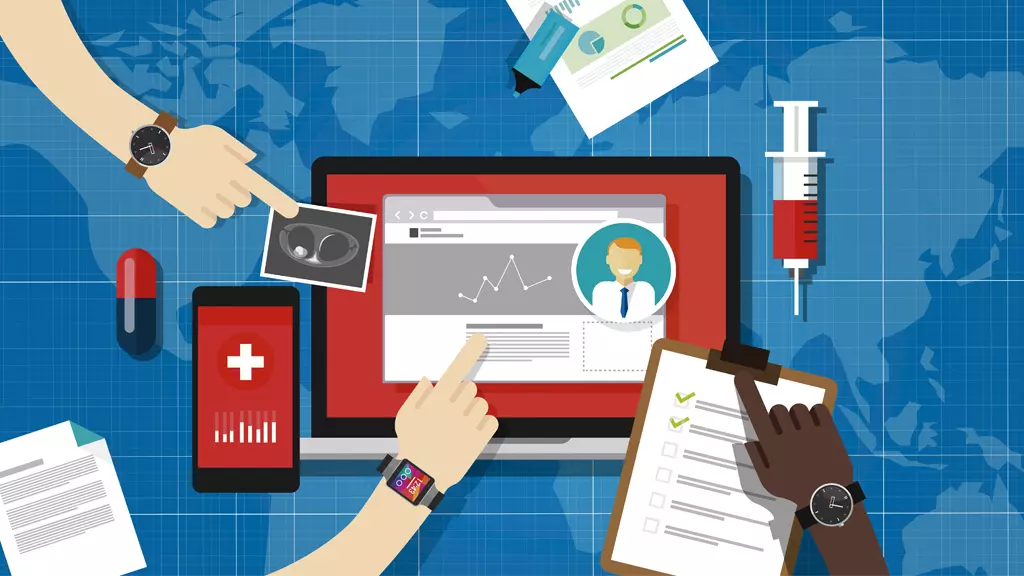5 phases for understanding what a patient registry is

Contents
5 phases for understanding what a patient registry is
The patient registry is a research support tool that allows for the standardised collection of data for further study with analysis tools.
What is a patient registry?
A patient registry is an organised system that uses observational study methods to collect uniform data (clinical and other types), assess specific results for a population defined by a particular disease, condition or exposure, and that meets a predetermined scientific, clinical or political purpose or purposes.
In short, a patient registry is a compilation, for one or more purposes, of standardised information on a group of patients who share a condition or experience. It consists of a main tool to carry out a patient research or analysis process. Terms such as “clinical record”, “clinical data record” and “disease record” are also used to describe the same data collection method.
Phases of the patient registry
The main phases of a patient investigation or analysis process are described below:
1. Definition of the process
Establishing the group of people who will lead the project, mainly experts in the matter. The management team will be responsible for defining the data that will be collected in the patient registry.
Many registries aim to establish collaborative relationships with similar organisations in order to share resources, avoid competition between members and reduce the fragmented nature of efforts to collect data, raise funds or advance knowledge. It is necessary to pay attention to maintaining ongoing alliances with a wide range of stakeholders in order to be successful in all aspects of the information and research exchange.
2. Recruitment of collaborators
Promoting the registry among users related to the matter under research in order to regularly involve them in the data collection in the field and data information.
One of the keys to the success of a patient registry is to promote the registry among collaborators once the process has begun, to involve them in the process and obtain greater participation.
Additionally, creating a network of collaborators and connecting them to each other can significantly improve the result.
3. Development of the electronic patient registry
For the success of a patient registry, the digital technology used to allow collaborators to join the network, inform and store (and display) information and search for patients with similar experiences or conditions that meet the study parameters is essential.
The design of a successful virtual patient registry platform requires technical experience and the involvement of researchers. Platform models and effective technical solutions for registries and networks vary widely, but the use of the platform acts as a key factor in the success or failure of the registry.
4. Data collection and informed consent
During this process the collaborator will store the information contained in the registry and monitor the evolution of the data collection.
The data can be collected for a limited time in order to answer a specific research question (or questions), or it can be collected indefinitely in order to answer a variety of existing or emerging research questions.
Patient registries may also include the collection of tissue or blood samples that have been taken in various ways. In Spain, and according to the current legislation, when collecting sensitive information on identified patients the patient’s informed consent, where they agree to participate in the study, must also be stored.
5. Analysis of the information and objective
Patient registries may have the aim of recruiting patients for clinical trials, learning about a particular illness or condition, developing therapies or learning about the behaviour patterns of the population and their association with the development of a disease, developing research hypotheses, or improving and monitoring the quality of medical care.
Patient registries can also be used to monitor results and study the best care or treatment practices. The use of statistical tools that allow the data to be analysed is very widespread. The use of “Big data” tools may also help to infer behaviour or results not established in the initial objectives.



